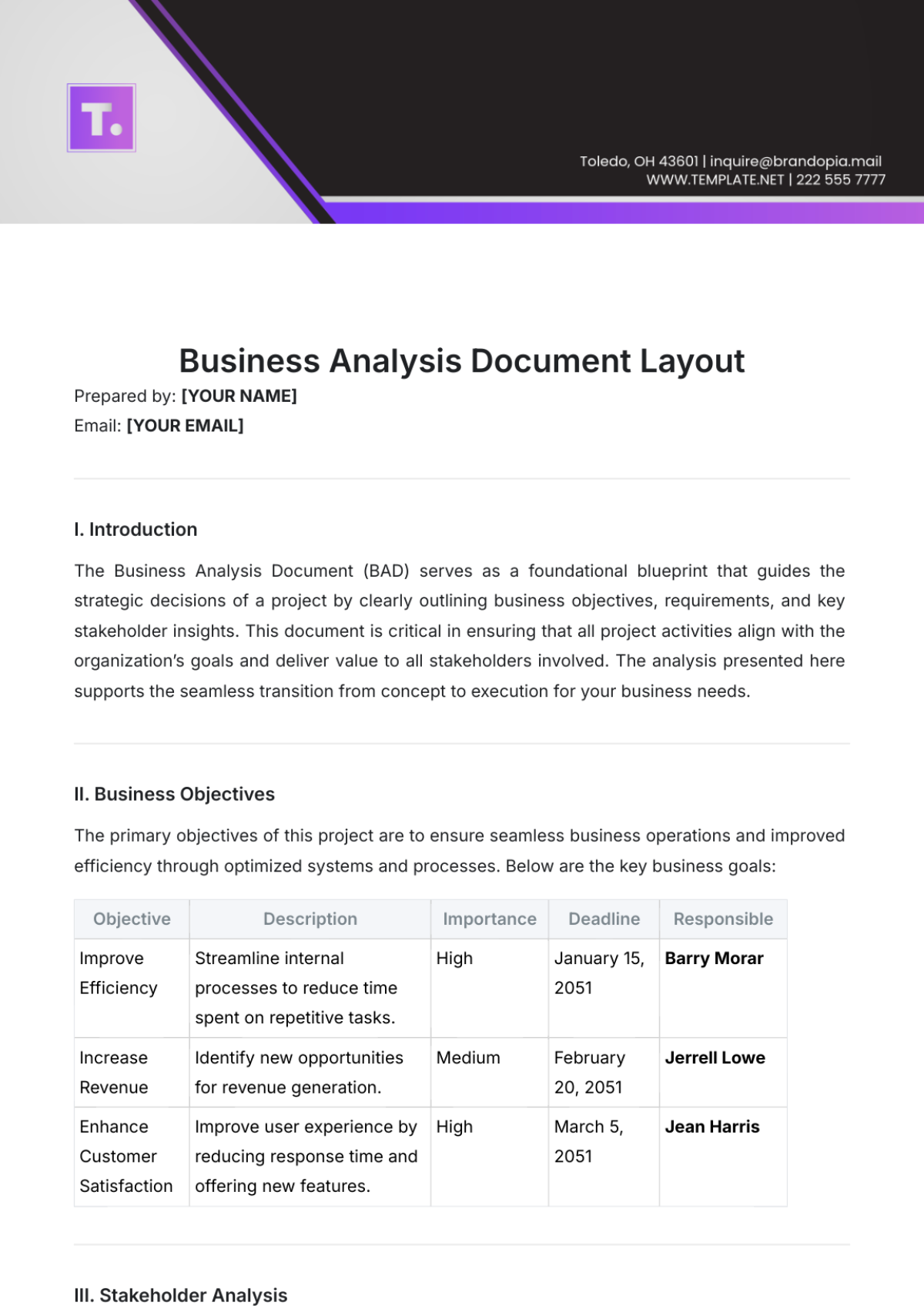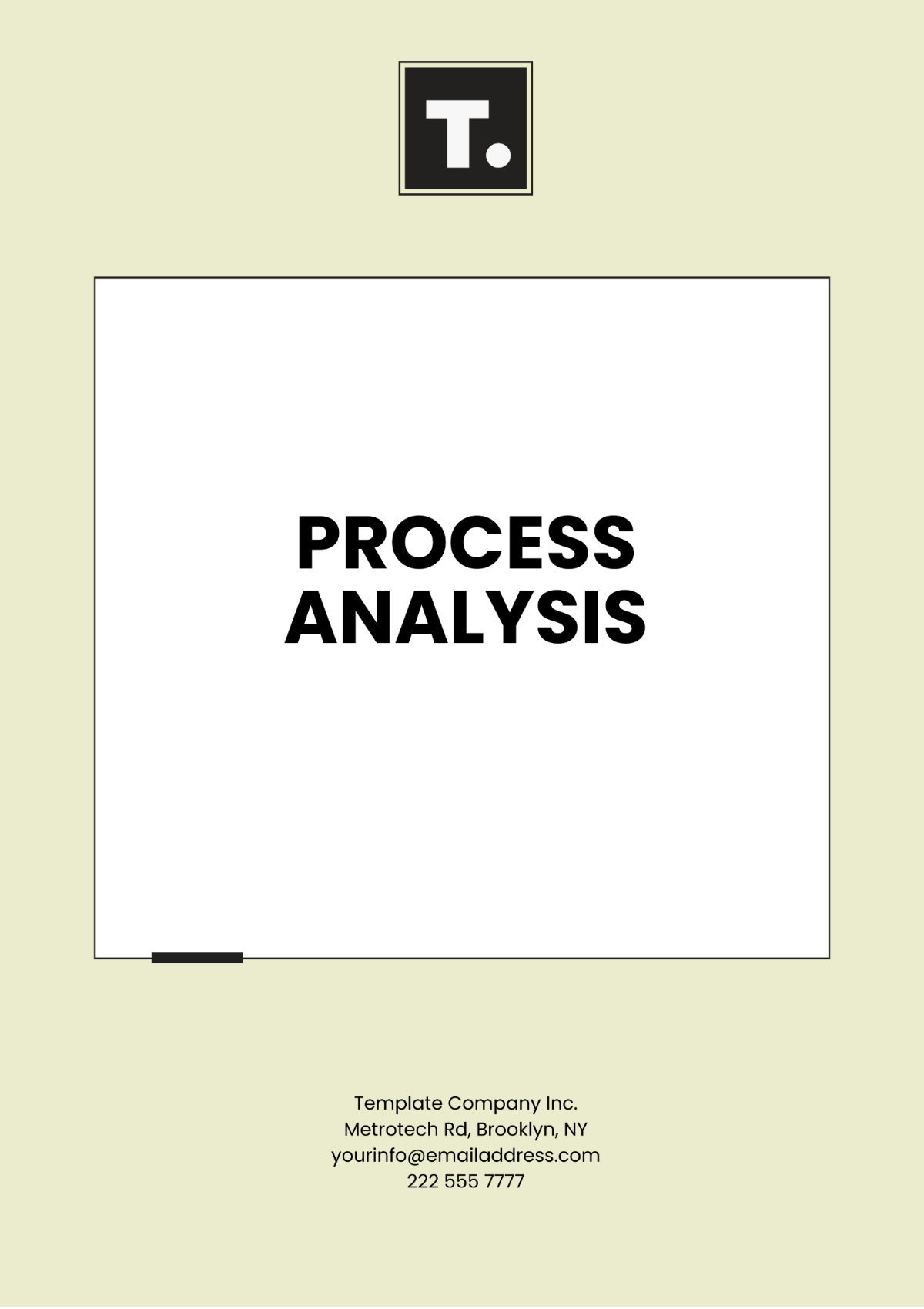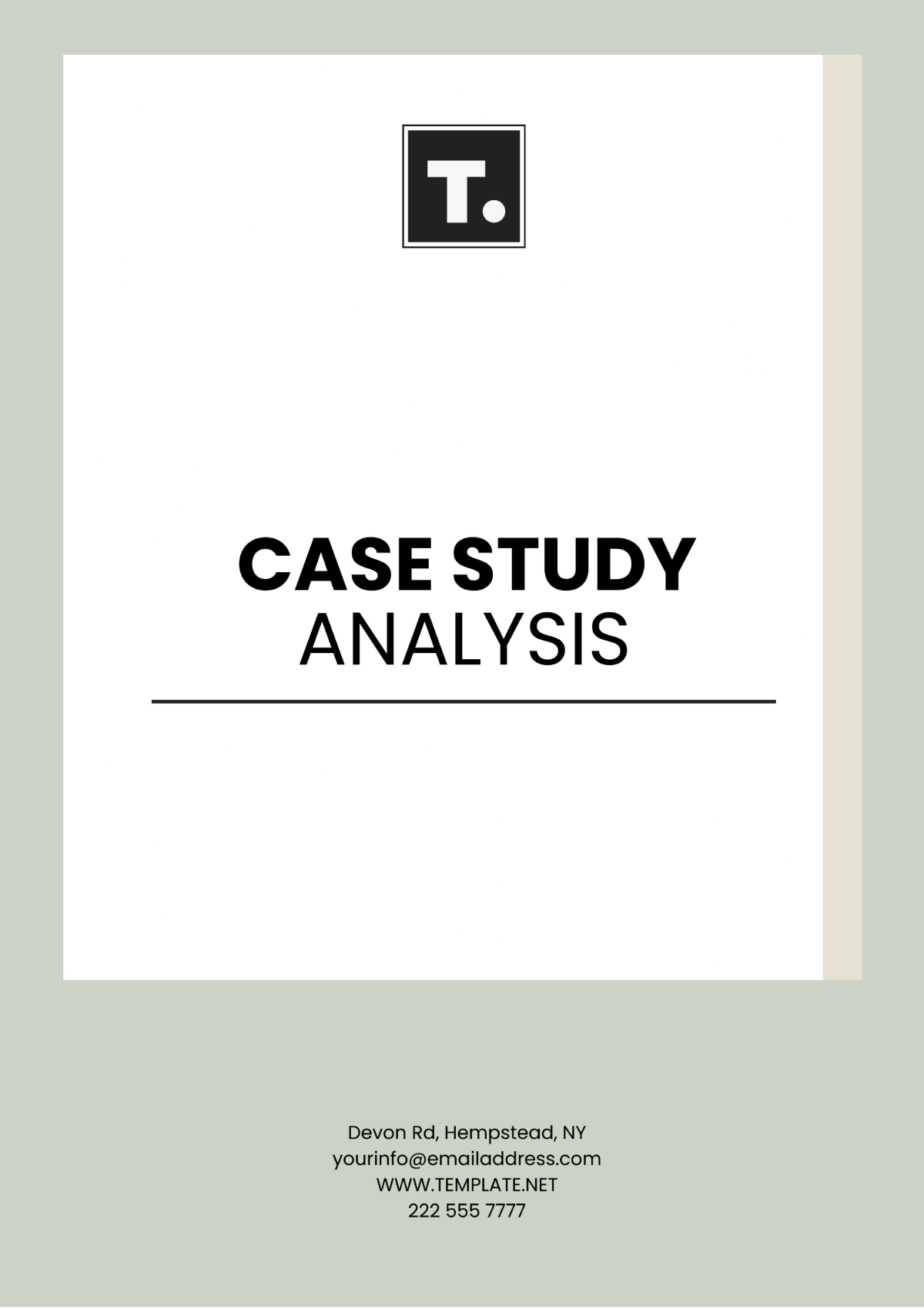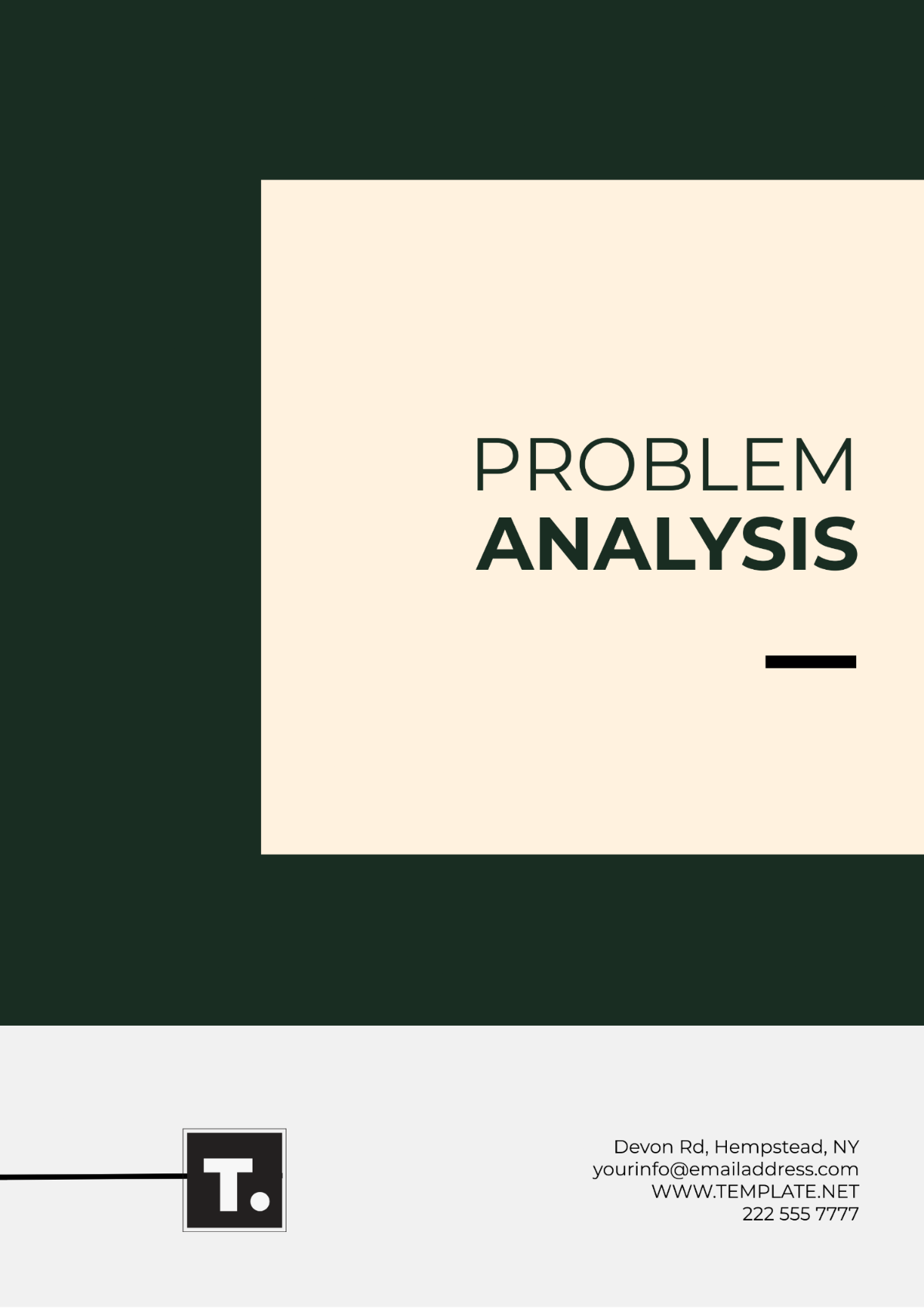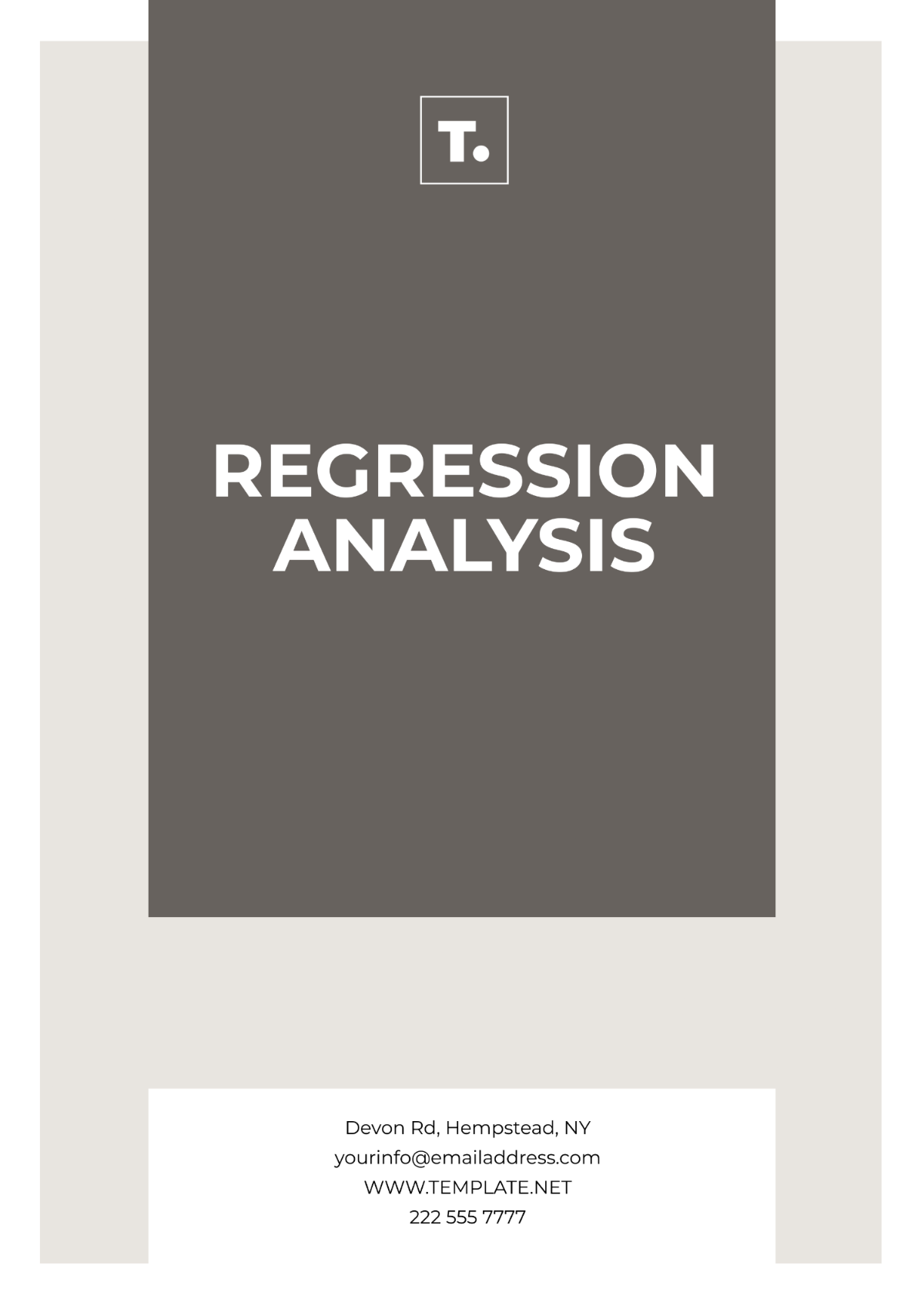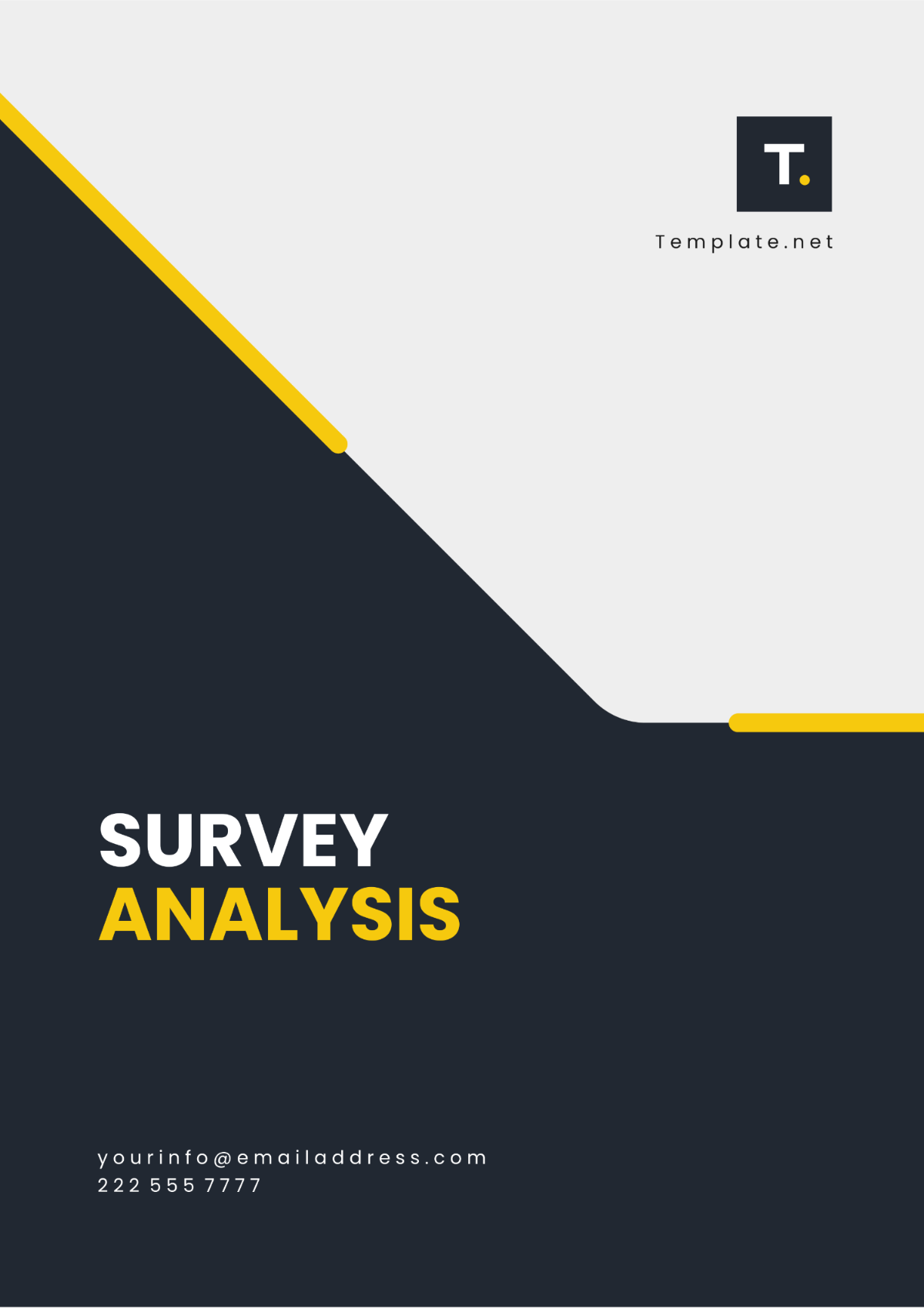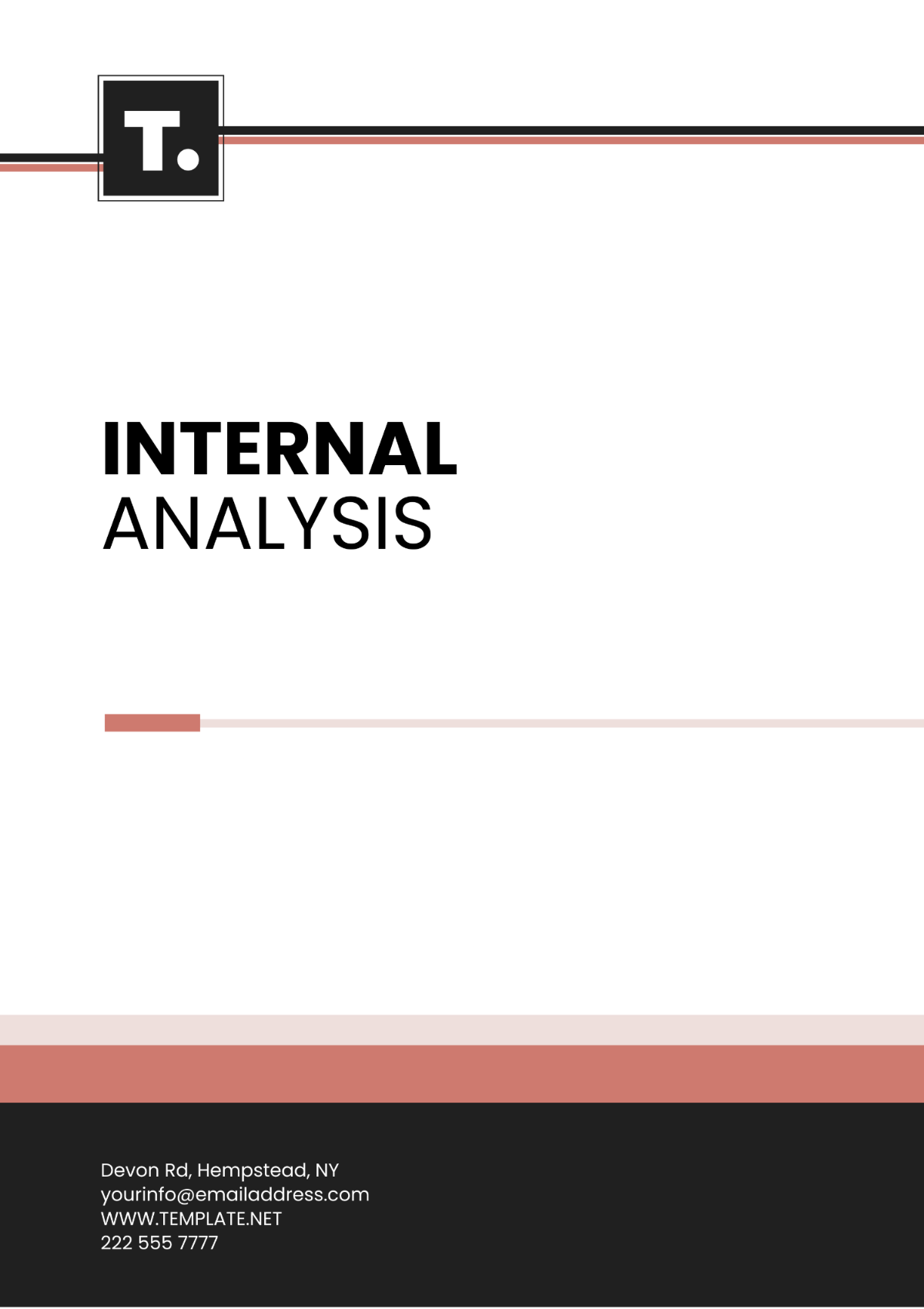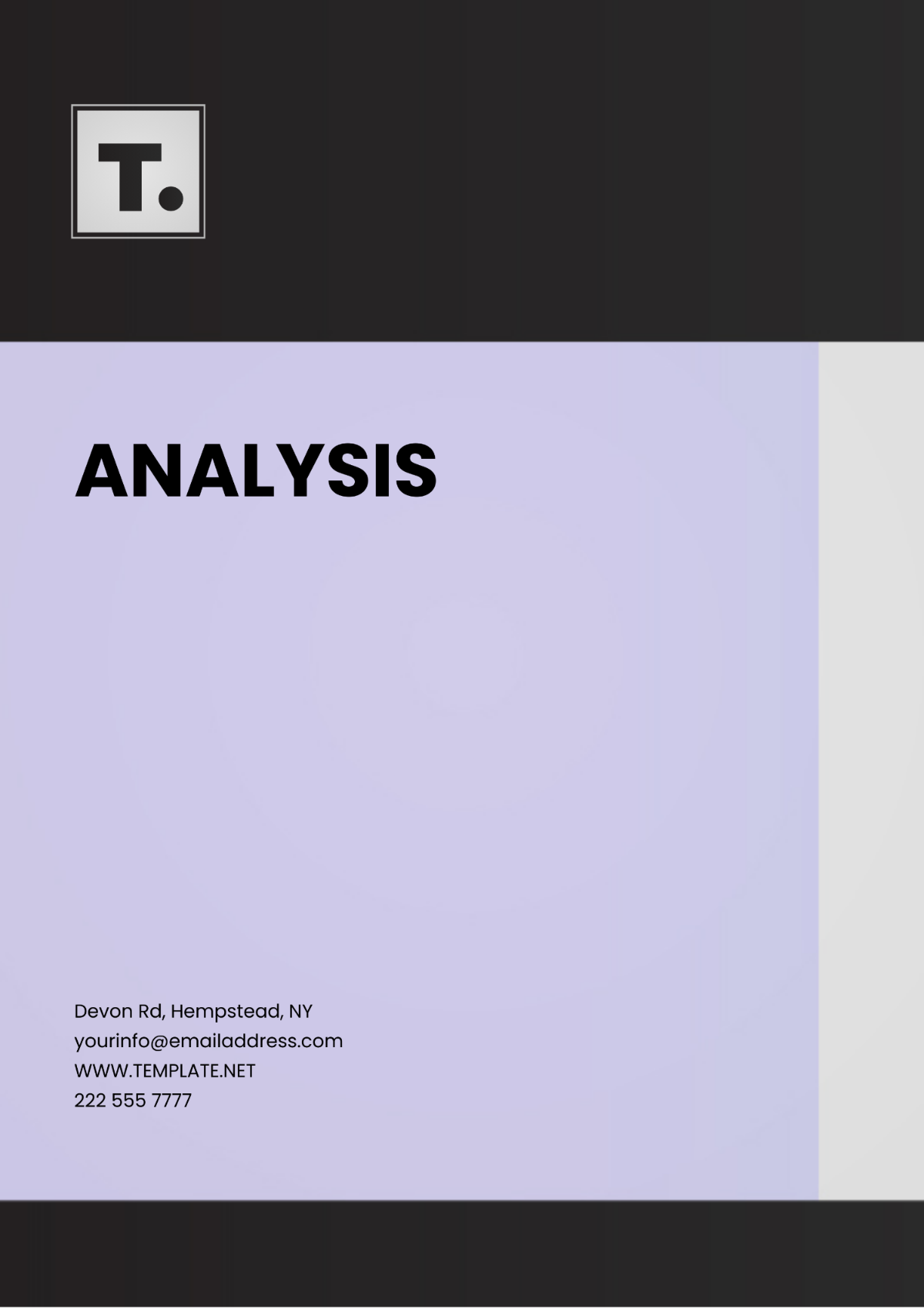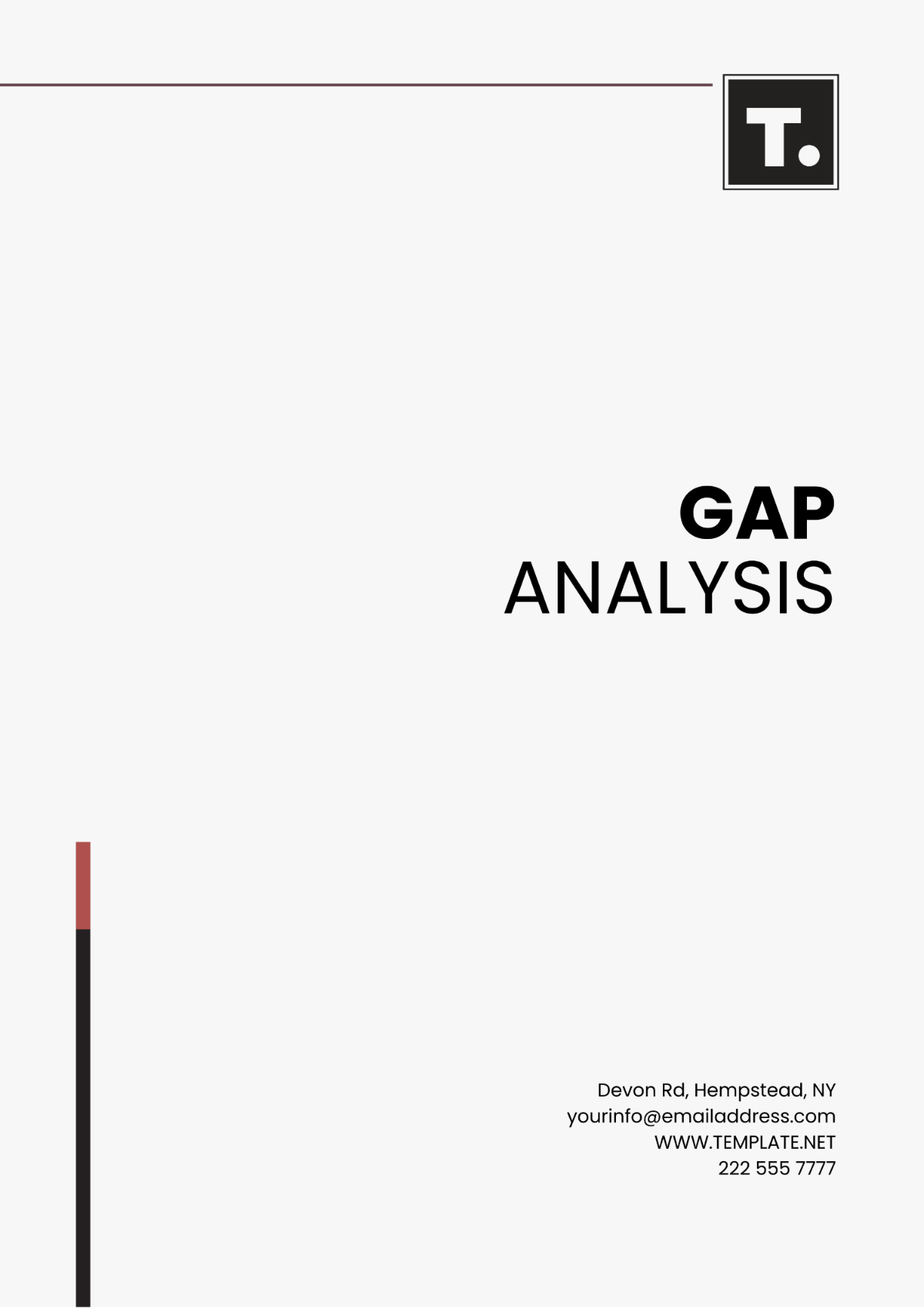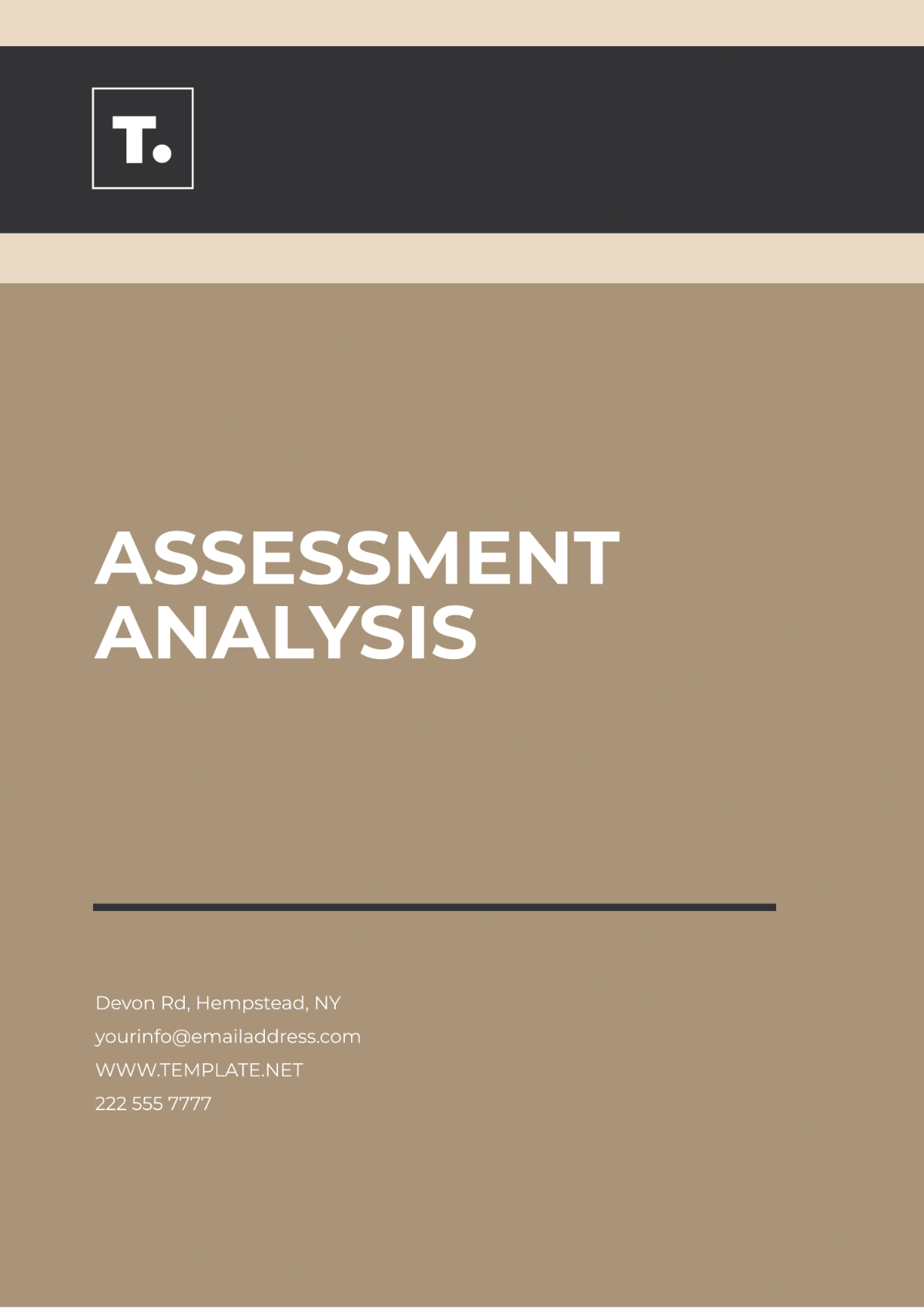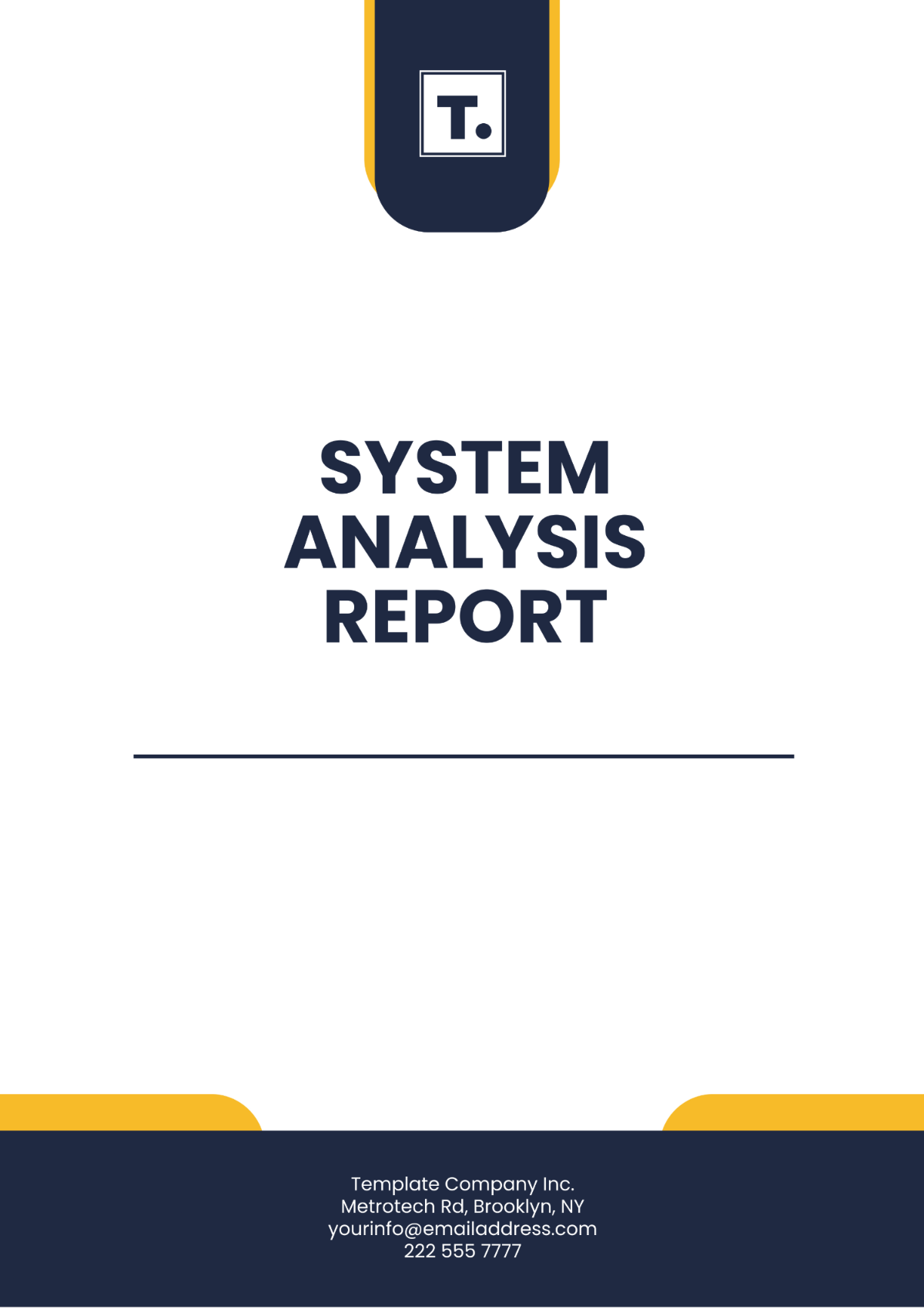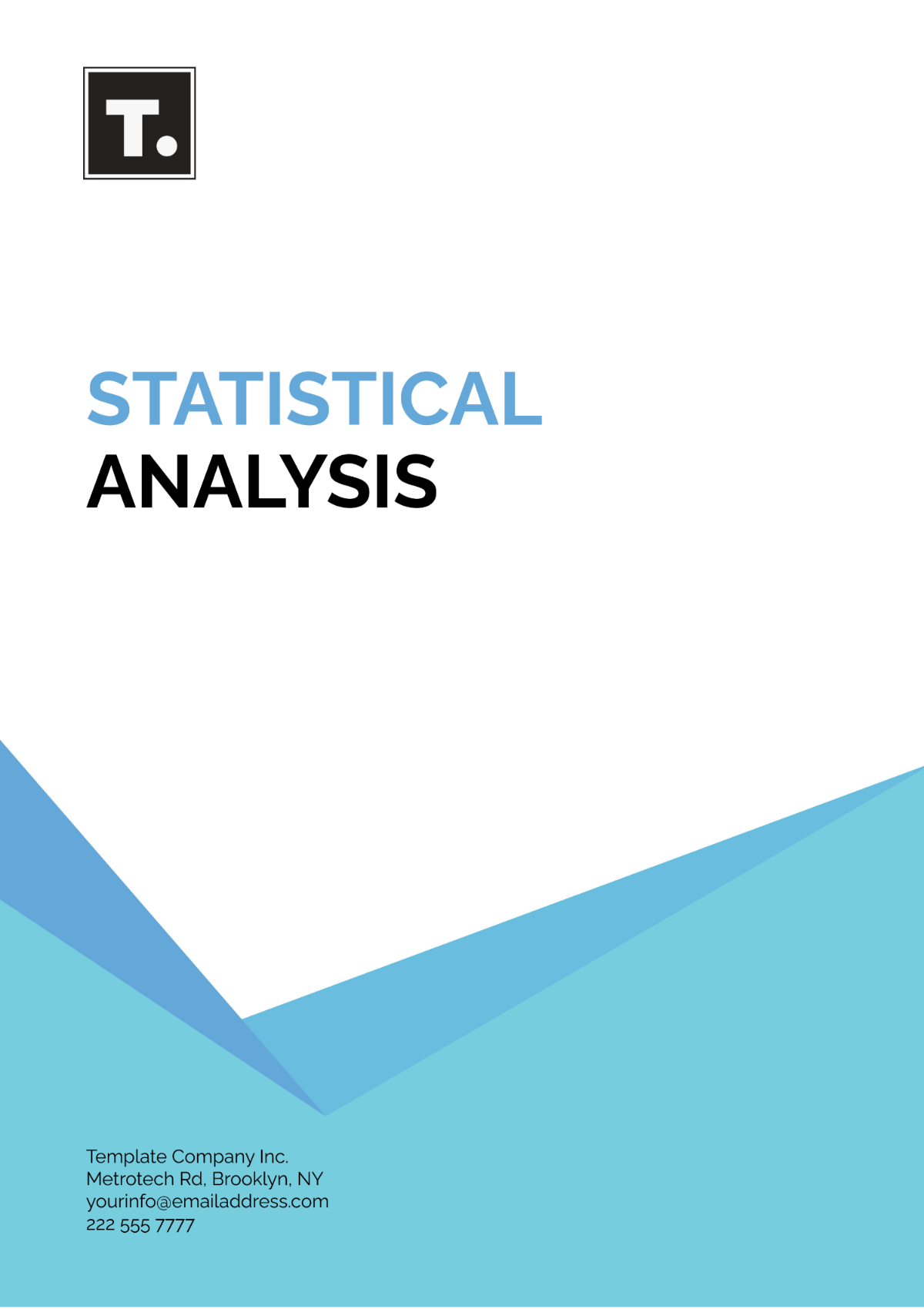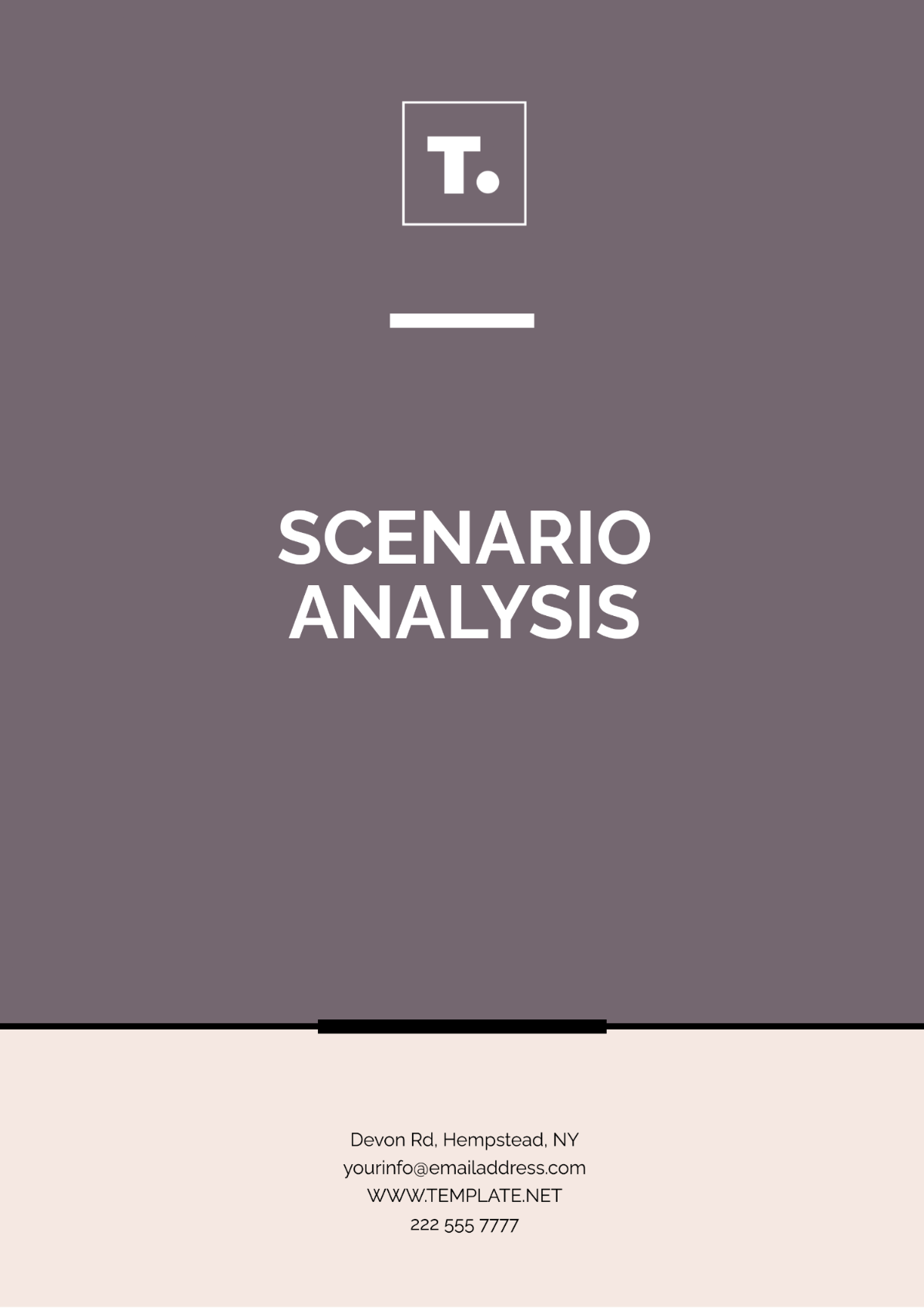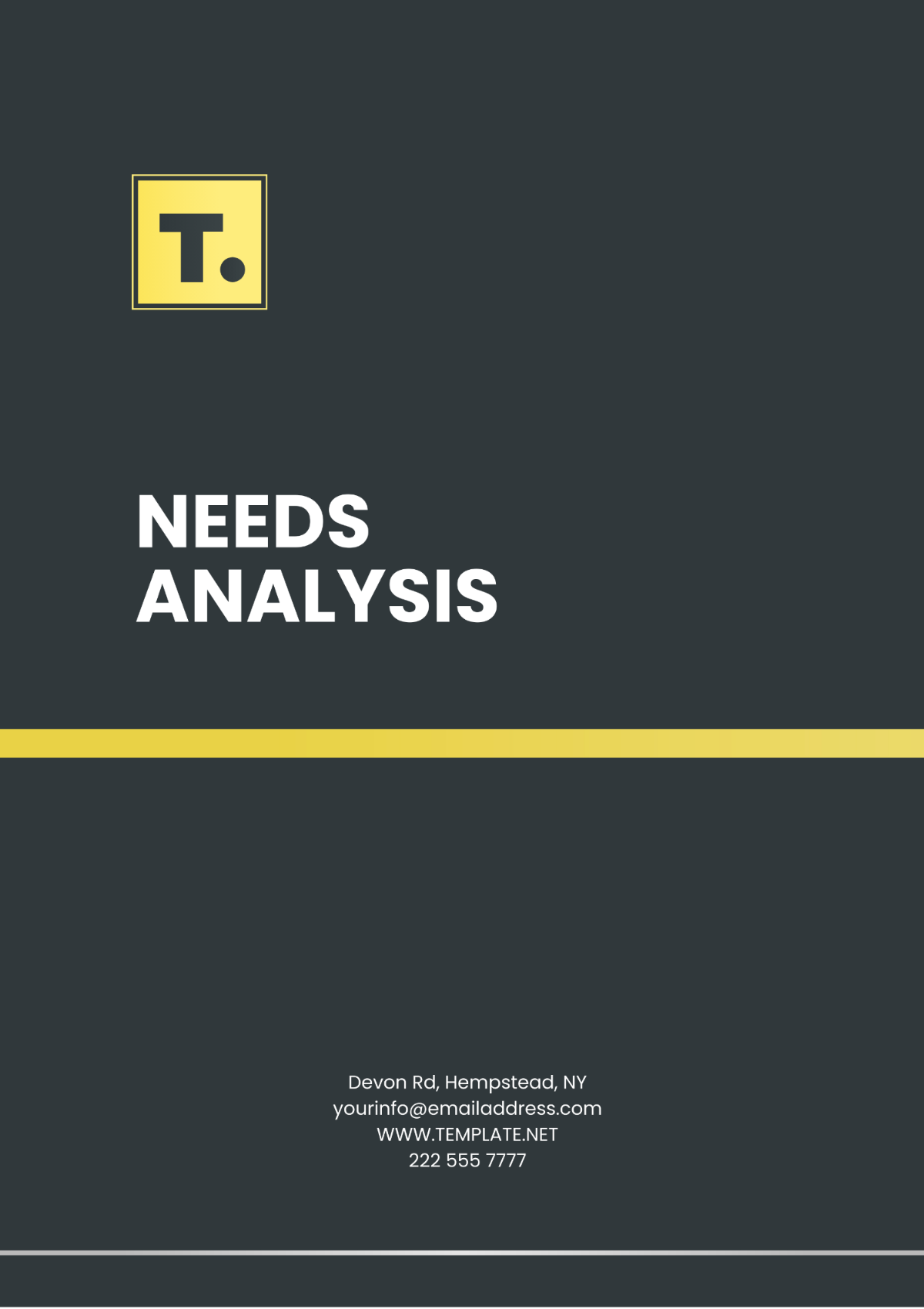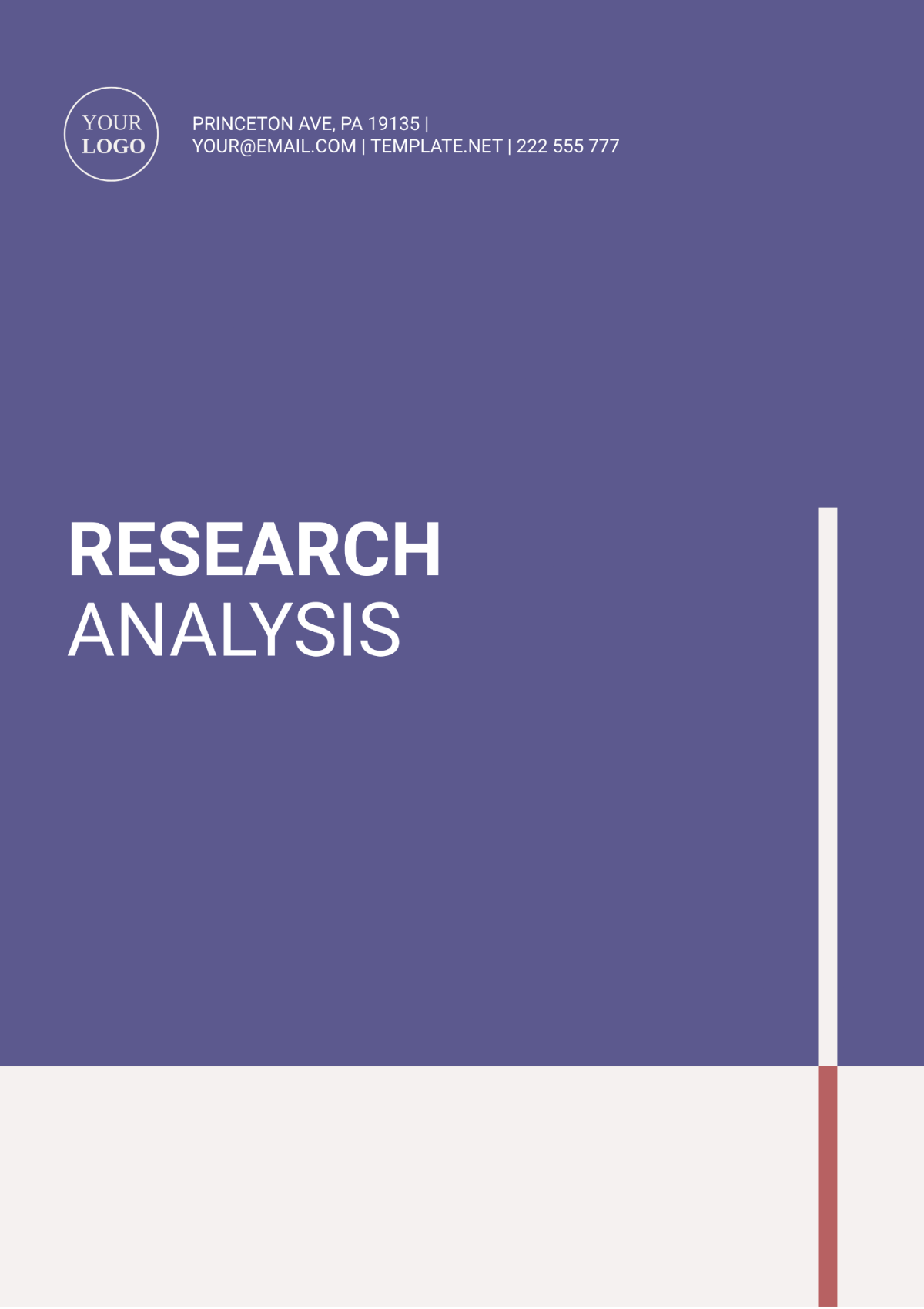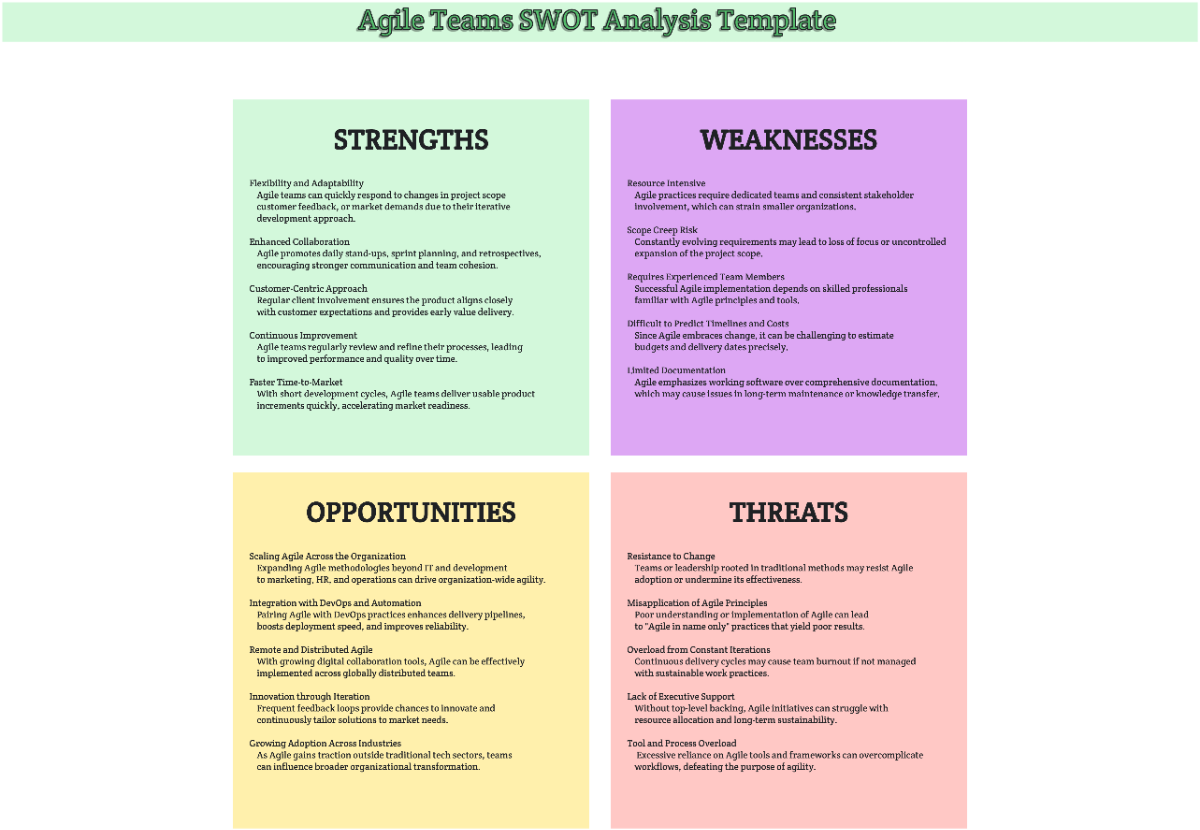Cultural Discourse Ethnography Analysis
Prepared by: [YOUR NAME]
Date: [DATE]
I. Introduction
At [YOUR COMPANY NAME], we employ Cultural Discourse Ethnography Analysis as a comprehensive research methodology to explore how cultural meanings and social interactions are formed and communicated within specific groups or communities. This approach allows us to closely examine language, symbols, behaviors, and practices, revealing the cultural norms and values that shape interpersonal discourse and societal interactions.
II. Elements of Cultural Discourse
A. Language
Language serves as the most direct medium of communication. It encodes and conveys cultural values, beliefs, and social norms through words, syntax, and overall discourse patterns.
Key Components of Language Analysis:
Vocabulary used by community members
Syntax and grammatical structures
Conversation and communication styles
Use of metaphors and idiomatic expressions
B. Symbols
Symbols can be visual, auditory, or even sensory markers that carry specific meanings within a culture. They are essential for understanding non-verbal communication and cultural rituals.
Common Symbols Examined:
Artistic expressions (e.g., paintings, sculptures)
Logos and emblems
Ritualistic objects and items
Gestures and body language
C. Behaviors
Behaviors refer to the actions and manners displayed by individuals within the community. They are manifestations of cultural norms and are essential for understanding social interaction patterns.
Aspects of Behavior Analysis:
Social interactions and etiquette
Rituals and ceremonies
Group dynamics
Conflict resolution mechanisms
D. Practices
Practices encompass repeated and socially recognized actions. They provide insight into the cultural routines and daily life patterns that define a community.
Examples of Practices:
Traditional customs and rituals
Festivals and celebrations
Daily routines and habits
Work and occupational practices
III. Methodology
A. Data Collection
Data collection in Cultural Discourse Ethnography involves immersive techniques to gather detailed and context-rich information about the community's cultural practices.
Techniques Include:
Participant observation
In-depth interviews
Audio and video recordings
Collection of artifacts and documents
B. Data Analysis
Analyzing the collected data requires a systematic approach to identify patterns, themes, and cultural meanings. The process often involves coding and categorizing data to uncover the underlying cultural norms.
Steps in Data Analysis:
Step | Description |
|---|---|
1. Data Organization | Arrange the collected data into manageable and analyzable formats. |
2. Coding | Label relevant pieces of data with codes to identify significant patterns. |
3. Categorization | Group similar codes into categories reflecting broader themes. |
4. Interpretation | Analyze the categories to understand cultural meanings and social norms. |
5. Representation | Present findings through narratives, diagrams, and other illustrative means. |
IV. Findings and Discussion
The findings provide a comprehensive understanding of how these elements work together to reinforce the community's identity and cohesion.
A. Language Patterns
The study revealed specific language patterns that reflect the community's social hierarchy and values. For instance, the use of honorifics and formal language indicates respect for elders and authority figures.
B. Symbolic Meanings
Symbols such as traditional attire and community emblems play a significant role in identity formation and solidarity among members. These symbols are prevalent during cultural ceremonies and public gatherings.
C. Behavioral Norms
Behavioral observations highlighted the importance of hospitality and communal support, indicating a collective cultural value of interdependence and mutual aid.
D. Cultural Practices
The analysis of cultural practices, such as traditional dances and festivals, demonstrated the community's emphasis on heritage preservation and the transmission of cultural knowledge to younger generations.
V. Conclusion
Cultural Discourse Ethnography provides an insightful and comprehensive understanding of the intricate ways in which cultural meanings and social interactions are constructed and communicated within a specific group or community. By examining language, symbols, behaviors, and practices, this research method uncovers the underlying cultural norms and values that shape discourse and interaction.
The findings from this analysis can inform broader sociocultural research, contribute to intercultural communication strategies, and support cultural preservation efforts. Future studies may expand on this foundation by incorporating comparative analysis across different cultural groups to further elucidate the dynamics of cultural discourse.


